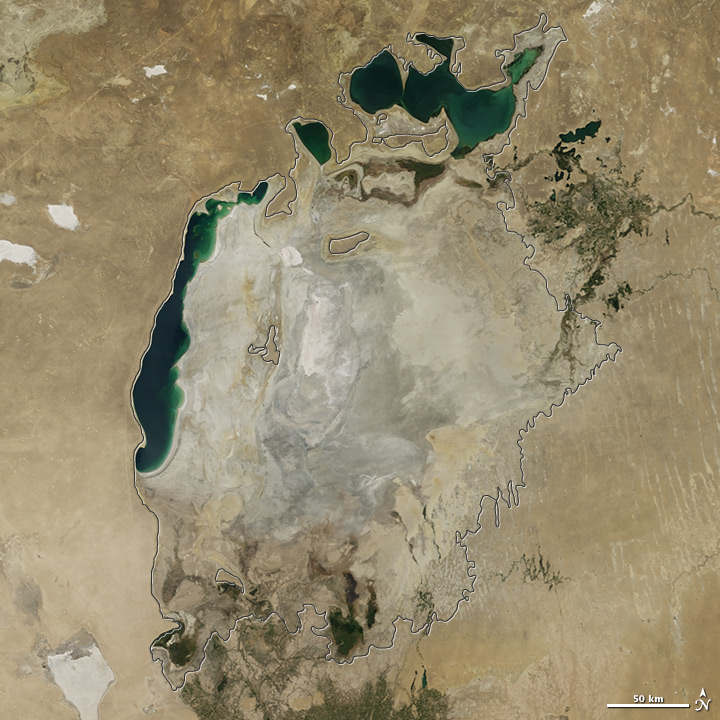Dan Egan, reporting for the Milwaukee Journal Sentinel:
Dan Egan, Journal Sentinel
“When Chicago Mayor Rahm Emanuel first ran for Congress in 2002, he vowed that protecting the Great Lakes would be high on his agenda. The primary concerns at the time were environmental damage wrought by invasive species such as zebra mussels, as well as urban and industrial pollutions.
Twelve years and three jobs later — Emanuel went from Congress to chief of staff for President Barack Obama before becoming mayor of Chicago in 2011 — the Great Lakes have received some $1.6 billion in federal restoration funds.
Yet despite all of that money earmarked for things like combating the spread of invasive species, cleaning up toxic hot spots and restoring wetlands, Emanuel said Wednesday that the world’s largest freshwater system has just entered an era of unprecedented peril.”
To be Jedi is to face the truth, and choose. Provide solutions, or avoid challenges, Padawan. Be a candle, or the night.























